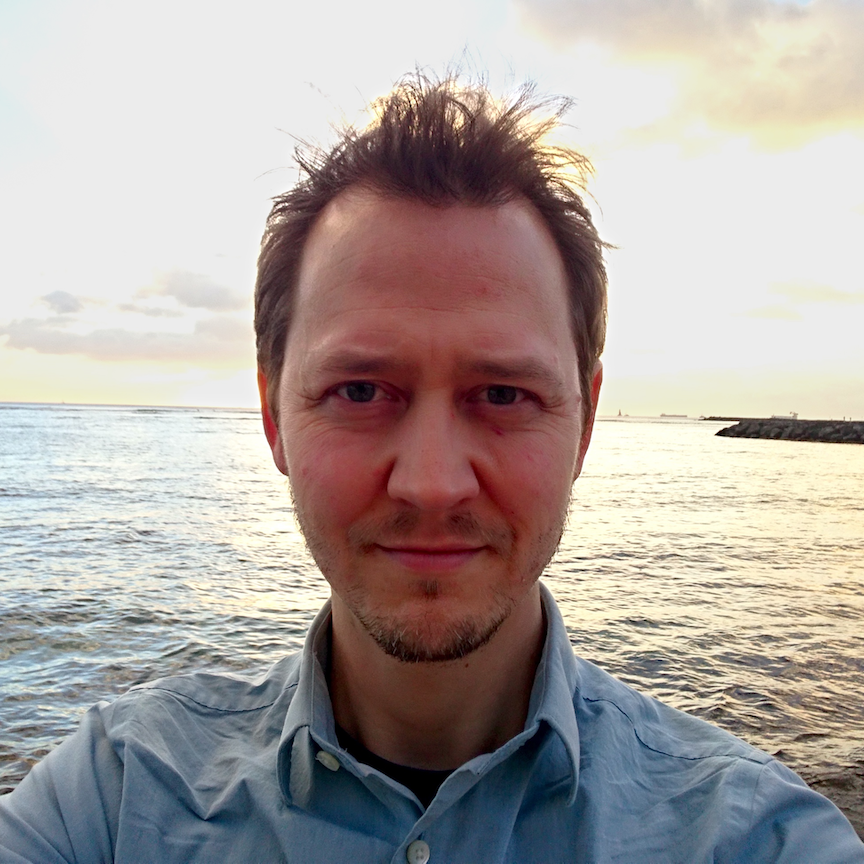Cited By
View all- Li JWagner M(2024)How do social media users and journalists express concerns about social media misinformation? A computational analysisHarvard Kennedy School Misinformation Review10.37016/mr-2020-147Online publication date: 18-Jun-2024
- Abondio P(2024)Ignorance Is Bliss: Anti-Queer Biopolitical Discourse as Conscious Unwillingness to Elaborate Complex InformationHumans10.3390/humans40300164:3(264-278)Online publication date: 16-Aug-2024
- Puri PHassler GKatragadda SShenk A(2024)Digital cloning of online social networks for language-sensitive agent-based modeling of misinformation spreadPLOS ONE10.1371/journal.pone.030488919:6(e0304889)Online publication date: 21-Jun-2024
- Show More Cited By



